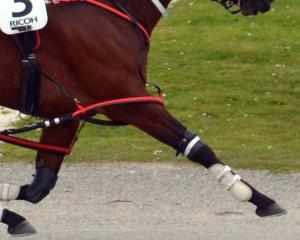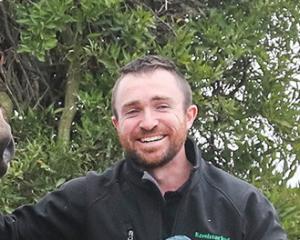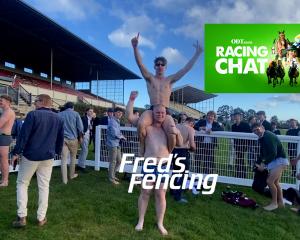
A wise man once said: "Build it and he will come."
Well, actually, it was only Kevin Costner that said that and he did memorise the words from the script of the movie Field Of Dreams.
Nevertheless, the phrase is similar to a notion that is regularly echoed throughout the racing industry: "Put up the stakes and the horses will come."
Those words often ring true; there are hundreds of examples of that at premier meetings across both codes in New Zealand.
However, there do seem to be more and more cases of the theory falling flat on its face, especially lately. Sunday sees 7, 8 and 10-horse fields for the South’s biggest age-group races: The Diamond’s Day 2yr-old Classic, the Southland Oaks and the Southern Supremacy Stakes.
To me, these numbers almost defy belief.
If the lure of a group 2 or group 3 win and the biggest slice of $38,000 or $45,000 cannot attract a capacity field, then what possibly would?
Perhaps an even bigger question is: Why are only 10 of those 25 horses entered in the three group races from Otago and Southland?
Even more mind-boggling is that among those 10 horses, there is not one 2yr-old.
So that means, for all of the breeding, training, weaning, breaking, spelling, feeding and veterinarian-ing, if there is such a thing, of the class of the South from 2014, it cannot come up with one 2yr-old to race in its biggest race. The question is, what is causing such a poor turnout? Are Southerners just straight out scared to have a crack any more? Or has racing become so obsessed with mediocrity, these races just are not on trainers’ radars any more. The reality may be that as 2 and 3yr-olds in the South get snapped up by overseas, there are just not enough of them around any more to be getting worried about this scenario. That is too much of a defeatist attitude. I would rather press on and create debate about how to encourage more runners in these races.
That starts with one obvious thing: There are clearly not enough incentives for an owner or trainer to line up in these races.
For many, it is a case of protecting their horses from a potential shellacking at the hands of superior Canterbury raiders. Therein may lie the crux of the whole issue. One one hand, it is participation that creates the product that funds the industry. On the other, it is excellence — through attracting the very best horse — that generates interest in racing.
Therefore, the solution must lie in between. If changes are to be made to these races, that change should involve mixing the best incentives for the participation of local horses while still trying to attract the South Island’s best age-group talent. One idea could be splitting these races into two categories: one for locals and an open version of each of these finals.
Perhaps readers have entirely different ideas that can be added to this conversation, and some possibly think nothing needs to change at all. No matter your opinion, feel free to email me. Happy trails.












